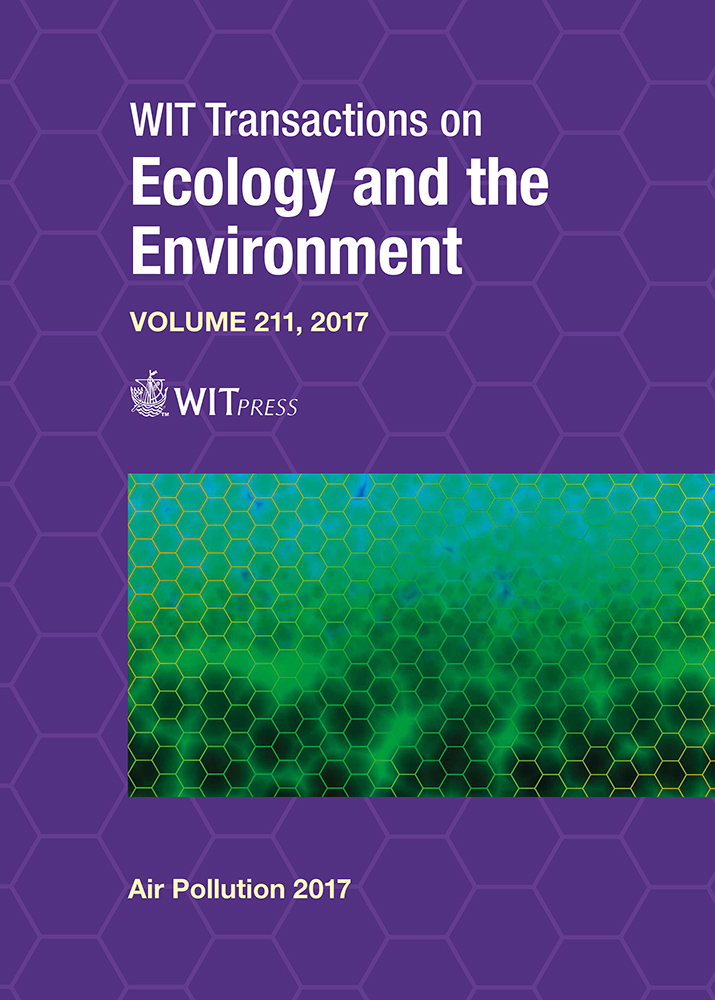PREDICTION OF HOSPITALIZATIONS CAUSED BY RESPIRATORY DISEASES BY USING DATA MINING TECHNIQUES: SOME APPLICATIONS IN CURITIBA, BRAZIL AND THE METROPOLITAN AREA
Price
Free (open access)
Transaction
Volume
211
Pages
11
Page Range
231 - 241
Published
2017
Size
740 kb
Paper DOI
10.2495/AIR170231
Copyright
WIT Press
Author(s)
MATHEUS BITTENCOURT CARDOSO, FABIO TEODORO DE SOUZA
Abstract
As seen throughout the years, the industrial and technological evolution led to problems that evolved from the constant growth of the globalized economic world, among many other features. One of them is air pollution, which is co-related to human health and welfare. The city of Curitiba and its metropolitan area comprise around 3.5 million people, which are directly affected by over 1 million vehicles in the capital, and the diversified industries that continue to grow. This project consists of combining hospitalization data and other related urban variables such as climate and air pollution. This paper describes the methodology by using a data mining approach to explore data from 2008 to 2016 from Curitiba and six other cities. The aim of this study is to predict future cases of hospitalizations caused by respiratory diseases in Curitiba and the metropolitan area, and to consider atmospheric and air quality. The air pollution parameters used in this study are: suspended particles matter; PM10 (particles smaller or equal to 10 micrometers); sulfur dioxide (SO2); carbon monoxide (CO); ozone (O3); nitrogen dioxide (NO2); and the air quality index (AQI). The climate variables are: wind direction; average wind speed; average maximum wind speed; potential and real evaporation; insolation; average cloud cover; total precipitation and days of precipitation; average atmospheric pressure; minimum, maximum and average temperature; and relative humidity. The results of this scientific project may be used by the government for developing actions and interventions aimed at minimizing the adverse effects on the environment and human health. It is also expected that the results could contribute to the planning of environmental, controlling air pollution and improving public policies.
Keywords
data mining, air pollution, prediction, statistics, respiratory diseases





